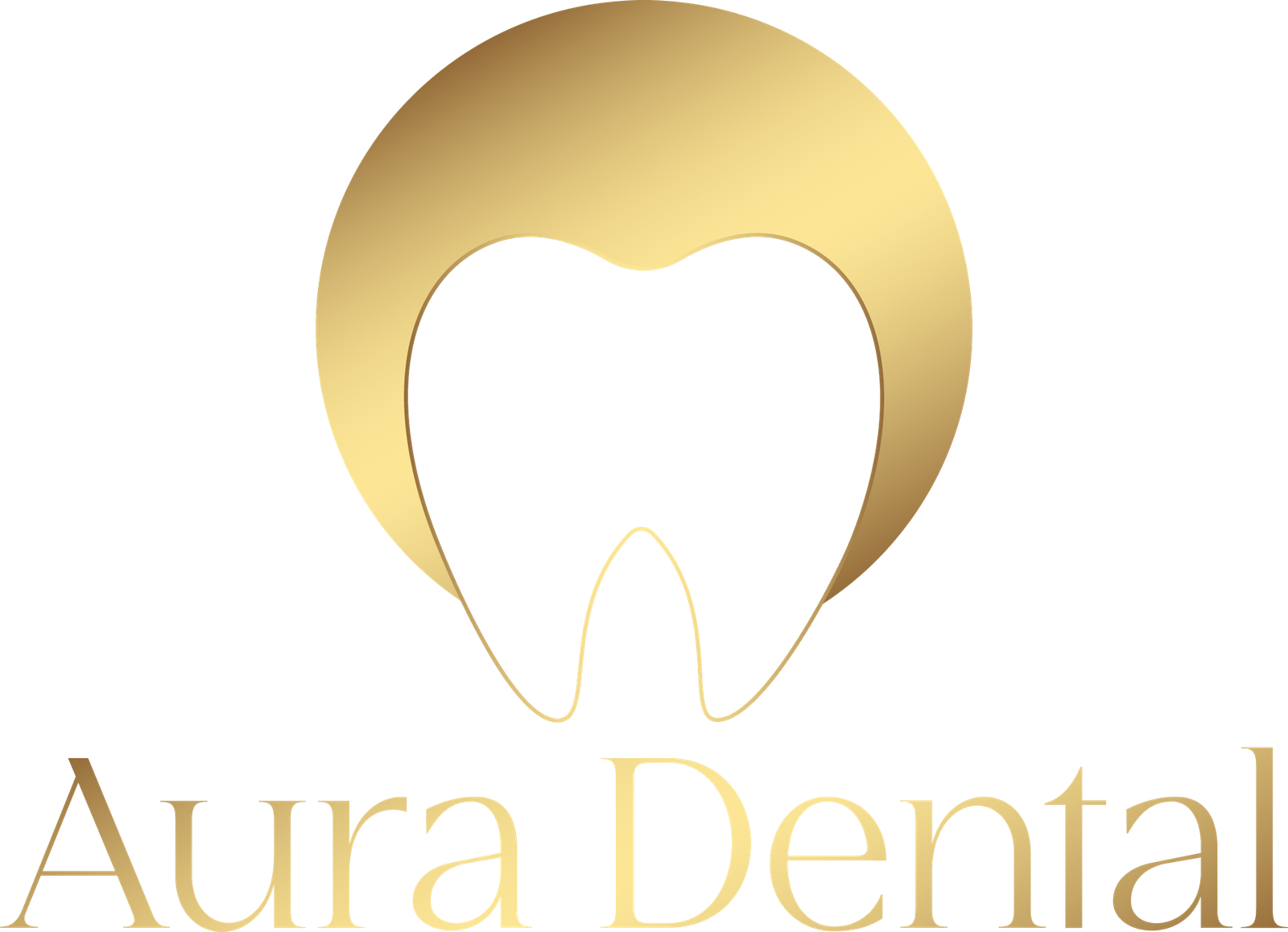Tooth extraction
Sandy, Bedfordshire
While keeping your natural teeth is always our goal, there are times when removing a tooth is the best option for your oral health. At Aura Dental, we ensure that tooth extractions are done with the utmost care, using gentle techniques and modern tools to keep you comfortable every step of the way.


What is a tooth extraction?
A tooth extraction is the removal of a tooth from its socket in the jawbone. This may sound daunting, but with today’s advanced methods and a caring approach, the process is quick, safe, and minimally invasive.
Tooth extractions are typically performed to address severe decay, infection, overcrowding, or other dental concerns that cannot be resolved with other treatments.
When would you need a tooth extraction?
You may need a tooth extraction if you’re experiencing:

Severe tooth decay
When a tooth is too damaged to repair with a filling or crown.

Overcrowded teeth
To create space for orthodontic treatment or prevent issues with alignment.

Impacted teeth
Wisdom teeth or other teeth that cannot emerge properly.

Gum disease
When advanced gum disease has weakened the support for a tooth.

Trauma or damage
When a tooth is fractured or broken beyond repair.
What is the tooth extraction process?

Before the procedure, we’ll take X-rays to assess the tooth and surrounding area. Local anaesthesia is used to numb the area, ensuring you’re comfortable throughout the process.

Using precise techniques, the tooth is carefully loosened and removed. If the tooth is impacted or broken, a surgical extraction may be necessary, where small incisions are made to access the tooth.

Once the tooth is removed, we’ll provide detailed instructions on how to care for the area and manage healing. A gauze pad will be placed to help stop bleeding, and any stitches (if needed) will dissolve naturally.
How to care for your smile after extraction
-
Rest and recovery
Take it easy for the first 24–48 hours, avoiding strenuous activity.
-
Manage swelling and pain
Use cold compresses and over-the-counter pain relief as recommended.
-
Soft diet
Stick to soft foods like soups, yoghurt, and mashed potatoes, avoiding hard or chewy foods for the first few days.
-
Keep the area clean
Rinse gently with salt water after the first 24 hours, but avoid vigorous rinsing or brushing near the extraction site.
-
Avoid smoking and using straws
These can disturb the blood clot and slow healing.
Recovery usually takes 3–7 days for most people, but healing may take up to two weeks for more complex extractions.
The procedure itself isn’t painful due to local anaesthesia. Some discomfort or soreness is normal during recovery, but this can be managed with prescribed or over-the-counter pain relief.
On day 3, inflammation may peak, causing increased swelling and discomfort. This is part of the normal healing process and typically subsides soon after.
Most people can return to normal eating within 5–7 days. Start with soft foods and gradually reintroduce firmer foods as healing progresses.
Mild throbbing is a normal part of healing and indicates blood flow to the area. However, if pain intensifies or persists, it’s important to contact your dentist to rule out any complications.
